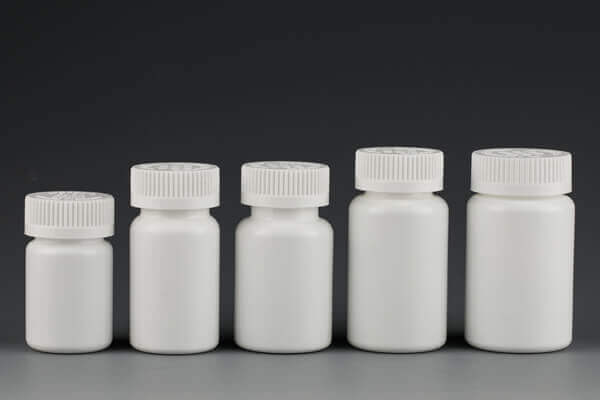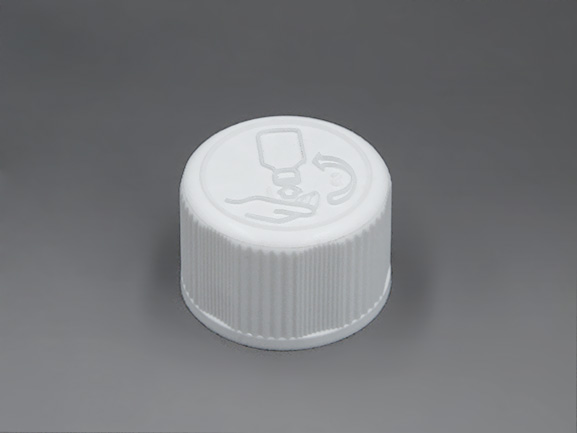Child-resistant packaging certification plays a vital role in ensuring the safety of families and children. Since the introduction of the Poison Prevention Packaging Act (PPPA) in the United States in the 1970s, child-resistant packaging has become an important part of protective measures. The law stipulates that all products harmful to children must use child-proof packaging, thus significantly reducing the rate of accidents caused by children's exposure to harmful substances.
HDPE bottle with child resistant closure
The ISO 8317 standard is one of the key international standards for certification of child-safe packaging. The standard is designed to ensure that packaging effectively prevents misuse by children while being easy for adults to use. ISO 8317's testing process requires packaging to prevent at least 80% of successful opening attempts by children aged 42 to 51 months. If the packaging is able to meet this standard, it is considered child-safe.
In addition, ISO 8317 also takes into account the ease of use by adults of different ages, including the elderly. Qualified packaging should not only have adequate protective capabilities, but also be easy for adults to use and reseal. This balance ensures children's safety without causing too much trouble during normal use.
Many countries and regions around the world have followed standards similar to the US PPPA and formulated corresponding child safety packaging specifications. International certification to ISO 8317 provides a unified quality standard that standardizes child-safe packaging worldwide, thereby improving safety.
28mm child resistant cap for liquid medicine
In short, child-resistant packaging certification is a key step in protecting children's health, and the ISO 8317 standard provides a scientific basis to ensure the effectiveness of packaging in practical applications. Companies should strictly abide by these standards when designing and producing packaging to ensure the safety of children.


没有评论:
发表评论